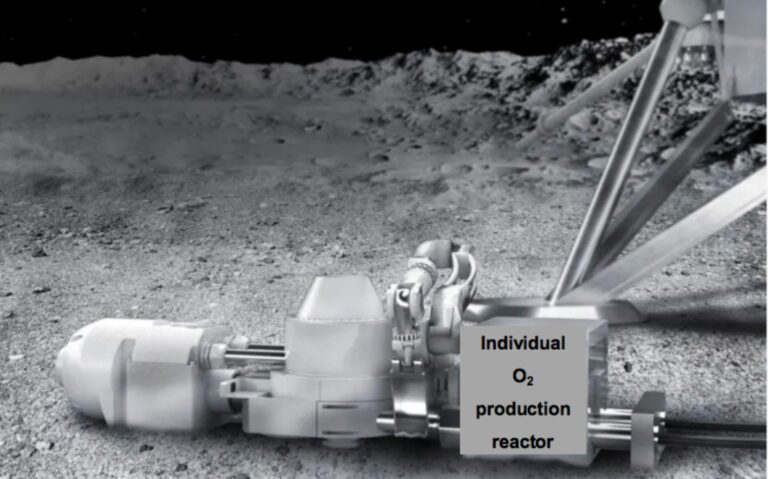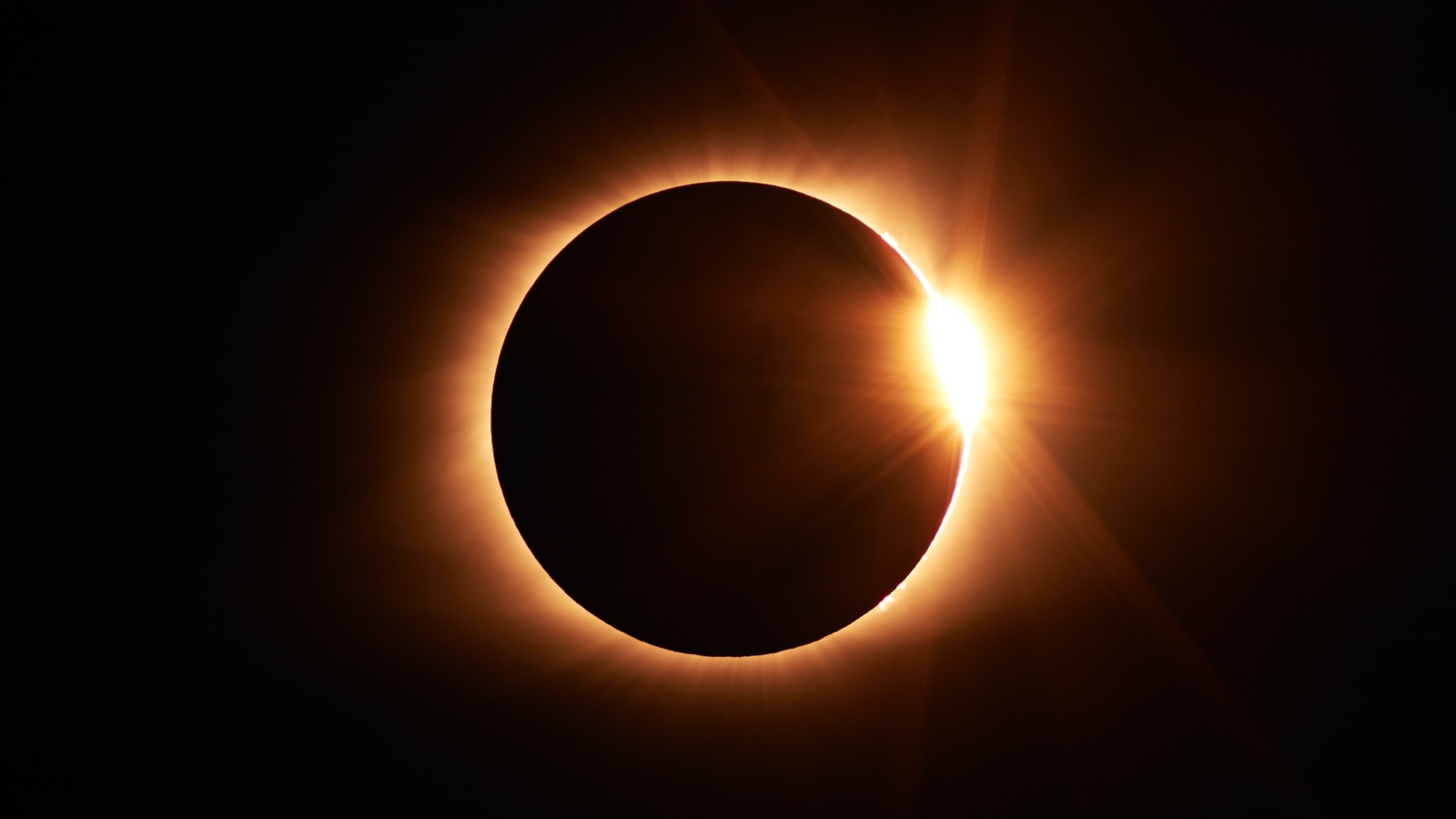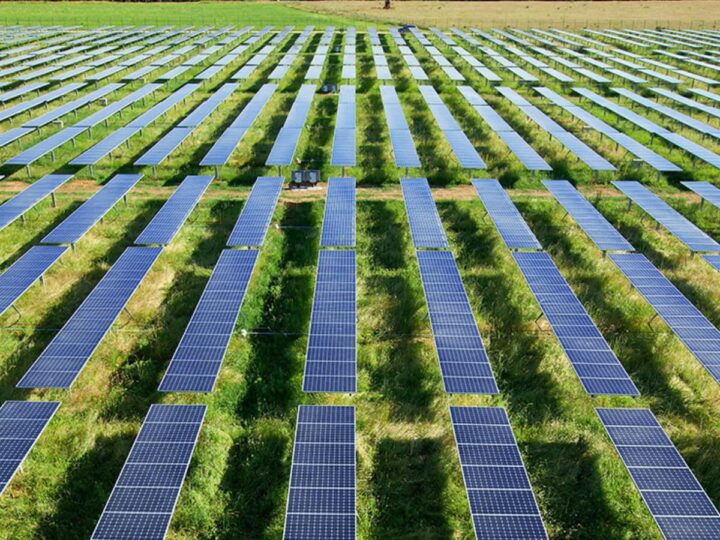It’s something sci fi movies routinely miss: A colony is built on the Moon but where does it get its power from? Gas? Nuclear? Fusion?
Although NASA is reviewing a proposal to build nuclear reactors on the Moon, solar power would be more sustainable, less dangerous and wouldn’t require nuclear material to be transported from Earth.
However, unlike on Earth, where the sun shines approximately half the day, the Moon is in the dark for about half of the lunar rotational period of 29.5 days. It would be difficult to store solar power for two weeks’ time.
NASA is now considering a different strategy from Ben-Gurion University of the Negev Prof. Jeffrey Gordon, published in the journal Renewable Energy.
Gordonproposes producing uninterrupted electricity via photovoltaic (PV) arrays installed around a 360-degree latitudinal ring close to a lunar pole.
Transmission lines would bring the electricity generated by the ring to where it’s needed: the human-populated colony or a 24/7 oxygen generation plant to power human habitation and other purposes.

This idea not only solves the “dark side of the moon” conundrum; it’s also far more affordable and feasible than other solutions, Gordon says.
“Our new strategy is more than a factor of 100 better than solar with battery storage. It is also at least a factor of 6 superior to the solution now being contemplated by NASA of nuclear reactors.”
Gordon presented his findings at NASA headquarters for solar power in space, located at the Glenn Research Center in Cleveland.
“NASA scientists expressed a preparedness to rethink the plan to power lunar colonies with nuclear energy instead of solar energy,” notes Gordon, a professor in the department of solar energy and environmental physics at the Jacob Blaustein Institutes for Desert Research of Ben-Gurion University.

















